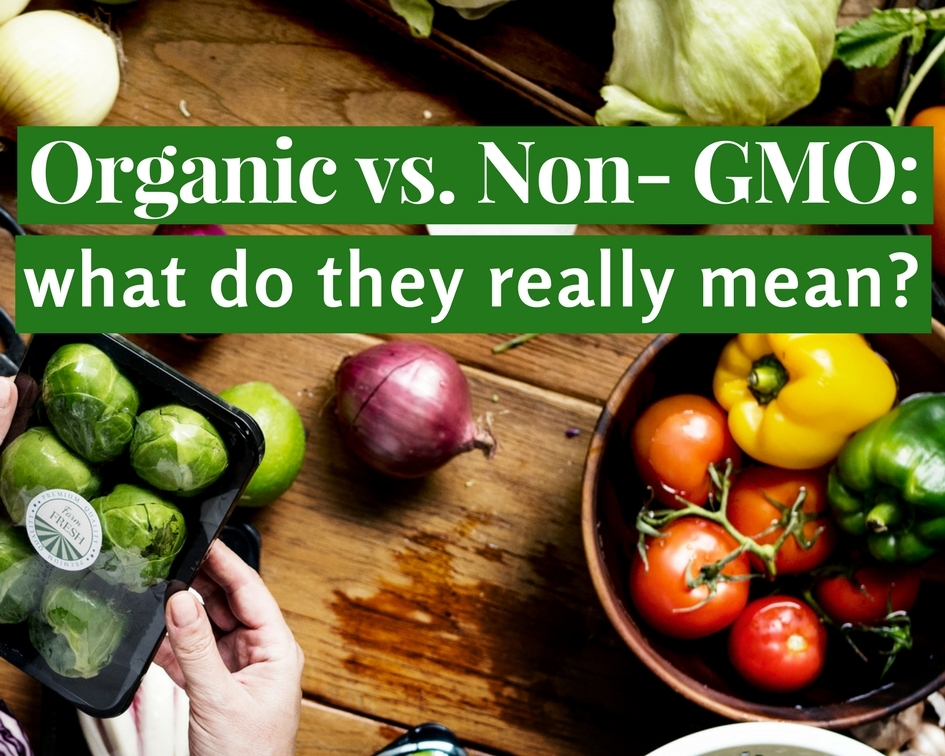There are a lot of food labels out there; it’s tough for the government to keep track of them much less the consumer. Here is what you need to know to make an informed decision when buying groceries.
Organic Requirements
According to the USDA website, “USDA certified organic foods are grown and processed according to federal guidelines addressing, among many factors, soil quality, animal raising practices, pest and weed control, and use of additives. Organic producers rely on natural substances and physical, mechanical, or biologically based farming methods to the fullest extent possible.”
A package can use several different labels that mean different things.
For example, “made with organic ingredients” means the product is made with at least 70% organic ingredients. The remaining ingredients which are not organic could include substances which would not be allowed under the organic seal. However, they still cannot use prohibited practices (such as genetic engineering). Genetic modification is strictly prohibited when feeding organic livestock.
What is a GMO (Genetically Modified Organisms)?
Genetically modified organisms (GMOs) have genetically modified material (DNA) that is altered in a way that does not occur naturally. This consists of taking the desired trait of one organism, isolating it genetically, and adding it to another organism so that the second organism obtains the desired trait.
An example of this is genetically modified sorghum which has been altered to have higher levels of Vitamin A. The sorghum project was intended for sub-Sahara Africa, where many vitamin and mineral deficiencies are common. They chose sorghum because it handles their weather and is already frequently consumed. They then altered it to have more Vitamin A, thereby preventing Vitamin A deficiencies in that population. However, there are many concerns about the safety of such an endeavor.
For example, if the organism that the first trait is acquired from is allergenic or harmful to some people, that could be a concern if it were to provoke an allergenic response. Another matter is decreasing biodiversity from growing the same crops over and over, this also affects the diversity of wildlife in the areas where the crops are raised. In general, many consumers worry about the long-term implications of messing with an organism’s genetic code.
What you may not know is that GMO’s are found in an estimated 80% of packaged goods. The most common GMOs in the US are corn, soy, sugar beets, and cotton. These foods are responsible for producing an enormous variety of products. Common ingredients such as glucose, lecithin, and maltodextrin are found in all kinds of packaged foods. Since the US doesn’t require GMO labeling, you may be surprised to learn that is highly likely those ingredients are sourced from GMO plants.
If you do not want to consume GMO’s, then you can purchase organic foods or look for foods labeled non-GMO. Just know that food that is marked non-GMO is not necessarily organic. While a food labeled, USDA certified organic will be non-GMO. Labeling can be extremely confusing. One big piece of advice is to do the best you can when purchasing food – no one is perfect.
